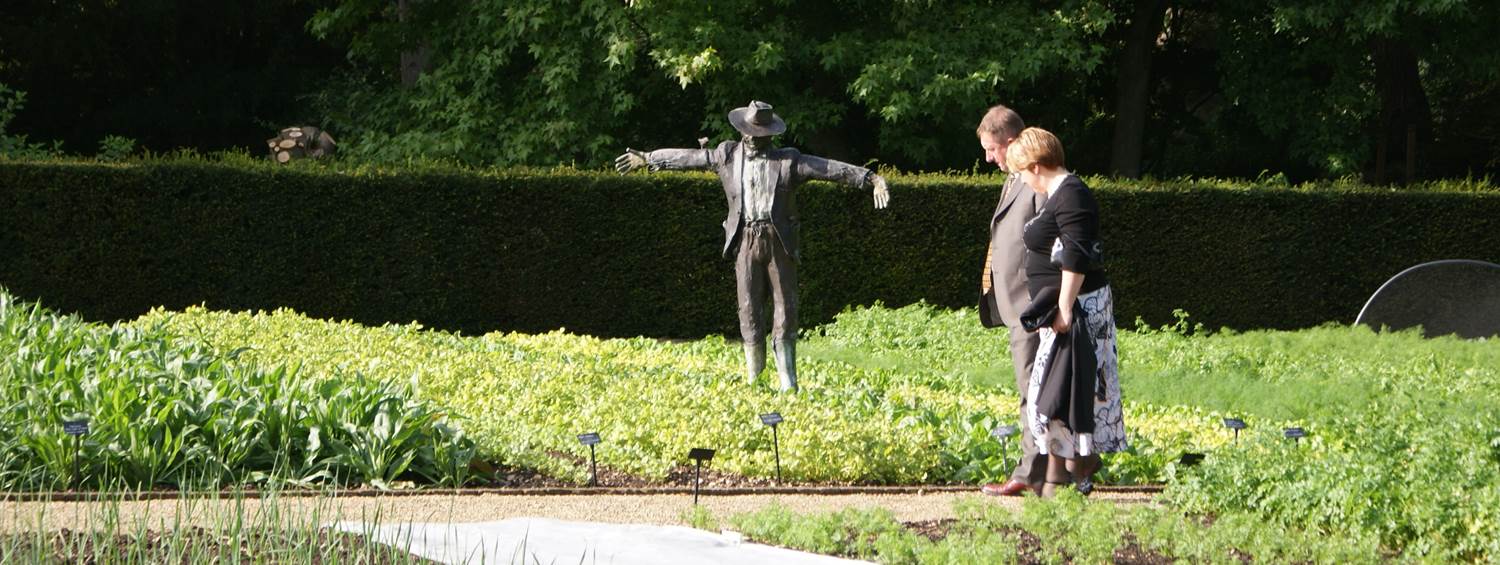- Home
- Practical Advice
- Introduction to Practical Advice
Introduction to practical advice
This is the part of our website that gives you practical ideas about managing your garden with wildlife in mind.
Remember however, we know that for most people wildlife is not the only reason for their gardening, so please don’t feel we expect you to follow all the tips and suggestions in this part of the site. We recommend you learn about the science of wildlife gardening in the Garden Science pages, find out about what your favourite creatures need in the Garden Wildlife Section, and then use this practical advice to guide your gardening choices.
If you are planning major changes, or have the mixed blessing of starting a garden from a patch of bare builder's rubble, you will find our page on garden design of interest.
Choosing plants for your garden is the single most important decision you can make to help wildlife, but fortunately there is no conflict between having spectacular, colourful and productive plants and plenty of wildlife. This section gives you advice about planting for different wildlife purposes, such as encouraging bees, butterflies and other pollinators, or structural plants for birds and hibernating creatures.
Gardens are not uniform areas, but are made up of functional elements like flower beds and lawns, and these provide different garden habitats for different wildlife. If you choose, you could seek to create some especially useful mini-habitats like ponds, compost heaps and long grass that will make your garden even more appealing for wildlife guests.
Finally, all gardens need management, which is hard work but very satisfying - and very good for you physically and mentally. Naturally, your management has effects on the wildlife in the garden, so we will be covering a number of useful topics under this heading, from tidiness, composting and fertility, to wildlife friendly pest control.
THere are many other sites that offer useful advice, in particular the Royal Horticultural Society's Advice section and many by private gardeners such as Clive Harris's DIYGarden


Introduction to practical advice
This is the part of our website that gives you practical ideas about managing your garden with wildlife in mind.
Remember however, we know that for most people wildlife is not the only reason for their gardening, so please don’t feel we expect you to follow all the tips and suggestions in this part of the site. We recommend you learn about the science of wildlife gardening in the Garden Science pages, find out about what your favourite creatures need in the Garden Wildlife Section, and then use this practical advice to guide your gardening choices.
If you are planning major changes, or have the mixed blessing of starting a garden from a patch of bare builder's rubble, you will find our page on garden design of interest.
Choosing plants for your garden is the single most important decision you can make to help wildlife, but fortunately there is no conflict between having spectacular, colourful and productive plants and plenty of wildlife. This section gives you advice about planting for different wildlife purposes, such as encouraging bees, butterflies and other pollinators, or structural plants for birds and hibernating creatures.
Gardens are not uniform areas, but are made up of functional elements like flower beds and lawns, and these provide different garden habitats for different wildlife. If you choose, you could seek to create some especially useful mini-habitats like ponds, compost heaps and long grass that will make your garden even more appealing for wildlife guests.
Finally, all gardens need management, which is hard work but very satisfying - and very good for you physically and mentally. Naturally, your management has effects on the wildlife in the garden, so we will be covering a number of useful topics under this heading, from tidiness, composting and fertility, to wildlife friendly pest control.
THere are many other sites that offer useful advice, in particular the Royal Horticultural Society's Advice section and many by private gardeners such as Clive Harris's DIYGarden




























